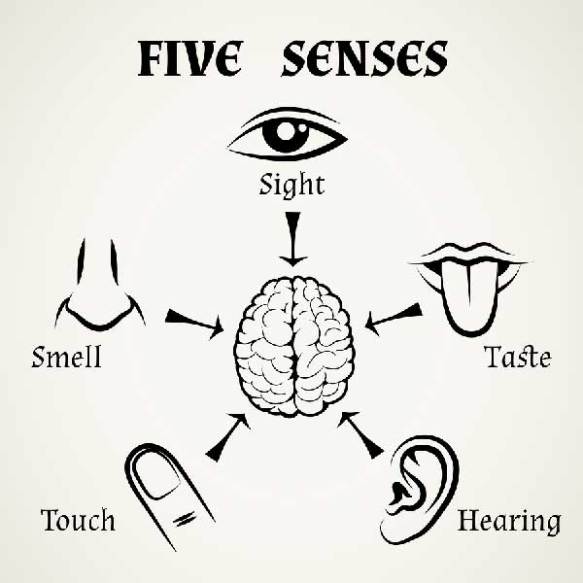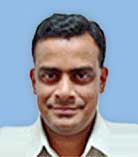Chikungunya, is a viral disease that is now a household name is India, more due to its re-emergence in the year 2006 after a long break of 30 years. Yes, Chikungunya was earlier detected in India in the Barshi, Solapur district of Maharashtra state in the year 1973. When the disease resurfaced in India in 2006, it spread its wings long and wide, across 13 states and 1.3 million people as per reports. Even globally, Chikungunya has caught people in its dreaded claws across 60 countries in Asia, America, Europe and Africa already over the past few years. The better news though is that there has been a considerable decrease of almost 5 fold in the beginning of 2016 worldwide, as compared to the year 2015 according to international reports. But, the picture is a bit different in India it seems.
Recently, in the year 2016, umpteen cases of Chikungunya were registered across the country. Chikungunya’s epi-centre was the country’s capital, New Delhi this time. In September 2016 as many as 2600 cases were reported in the city itself while the national vector borne disease control program reported a startling figure of over 12000 across India. Considering the fact sheet we have to say this – here we are, trapped in between the constant threat of Chikungunya, Dengue and the most recent addition Zika virus. Though, thankfully enough zika is yet to be found in India but reports show that Zika is following trends similar to Dengue and Chikungunya. The reason behind mentioning Dengue and Zika along with Chikungunya is because all of them spread through bites of an infected female mosquito called ‘Aedes Aegypti’ or ‘Aedes Albopictus’.
Well, if we look back at the origin of this disease, it is known to have emerged for the first time in Tanzania around 1952-53, through a patient suffering from high fever. The name of the disease ‘Chikungunya’ also is supposed to have originated from Kimakonde or Swahili word which means ‘to become contorted’. Apparently, the disease name is derived from the experience of the Chikungunya infected people, who have to bear severe joint paint over a short or prolonged period of time and which gets them into a stooping or contorted body posture.
CAUSES & SYMPTOMS
Chikungunya spreads through mosquito bites and the mosquito responsible for the spread of the virus is Aedes Aegypti or Aedes Albopictus. The age group it affects the most includes adults above 65 years and children below 1 year. It is not known to contract from Human to Human, except from Mother to Child, in the rarest of cases. The time span for which the virus resides in the body of majority humans is around five days. During this period if an infected human is bitten by a mosquito, the mosquito gets infected with the virus as well. The symptoms of Chikungunya can be noticed in a period of three to seven days after the onset of the disease. These include joint swelling, fever, muscle, joint pain and rashes commonly. These symptoms can last upto two to three days.
DIAGNOSIS & CURE
If you suffer from one or all the aforementioned symptoms, immediately consult your physician. Also inform your doctor if you have recently been outstation. The doctor might then ask you to undergo a blood test to confirm if its Chikungunya, Dengue or Zika as all of them have similar symptoms. There is not definite vaccine, treatment or cure for the disease and the only measure to be taken while suffering from Chikungunya is complete bed rest besides intake of high quantity of fluids. Alongside, you may also take pain killers to relieve yourself from muscle and joint pain that occurs all through. Recovery from Chikungunya takes around a few days but the joint pain could persist for longer periods varying from individual to individual. This disease is usually not fatal but might as well be life threatening if complications arise.
Ultimately, as they say Prevention is the best cure, its always better to take precautionary measures and stay away from mosquitos as much as possible. This can be done using quality mosquito repellents, wearing full sleeved clothing, keeping your surroundings clean and free from stagnant water which is known to be the breeding ground for mosquitos.
Choose the best hospital in bangalore for health
* Disclaimer – Sourced from the internet. Verification required










You must be logged in to post a comment.